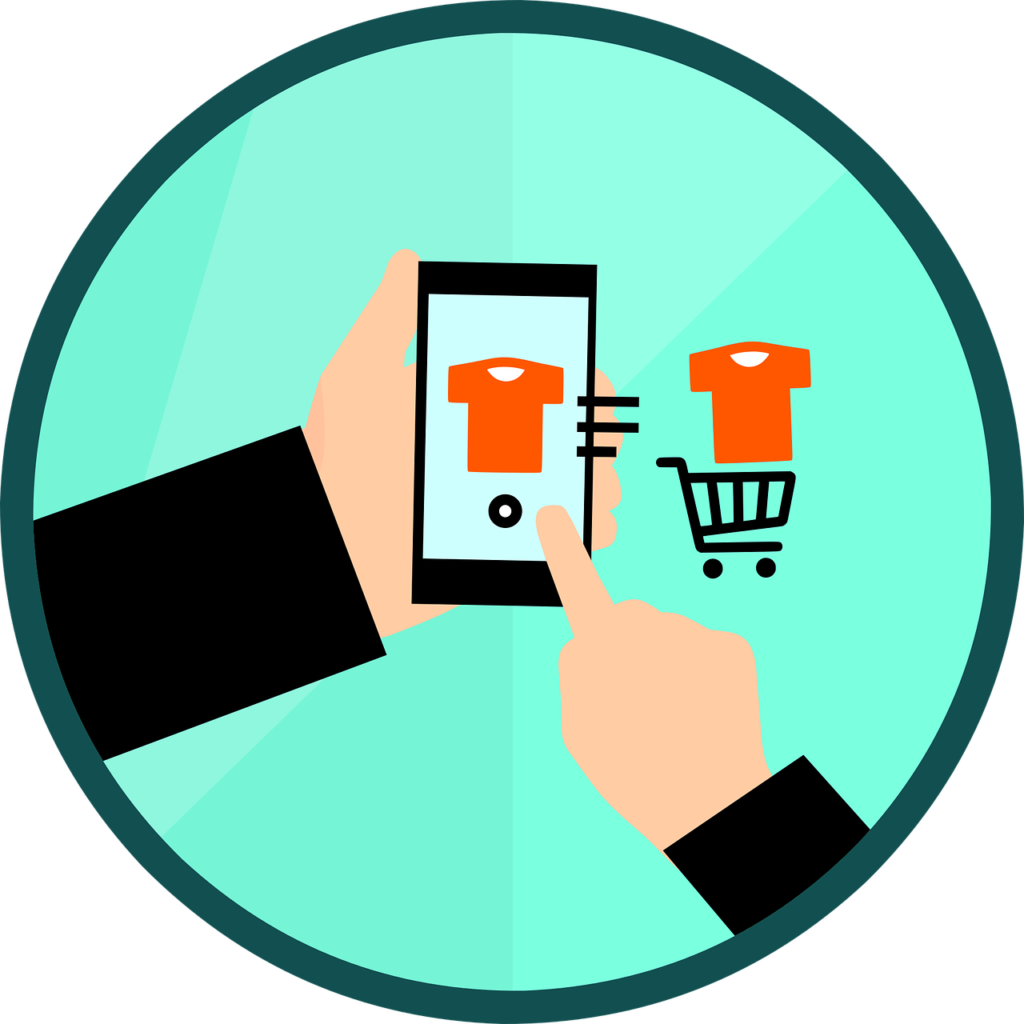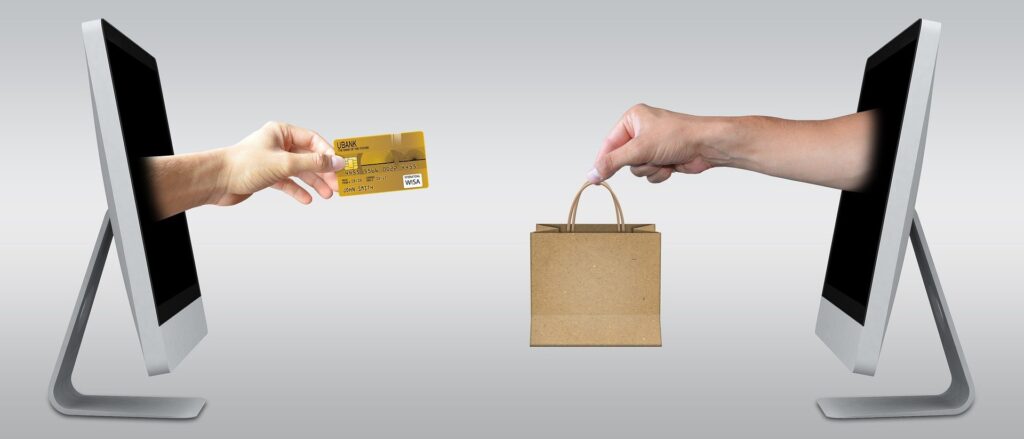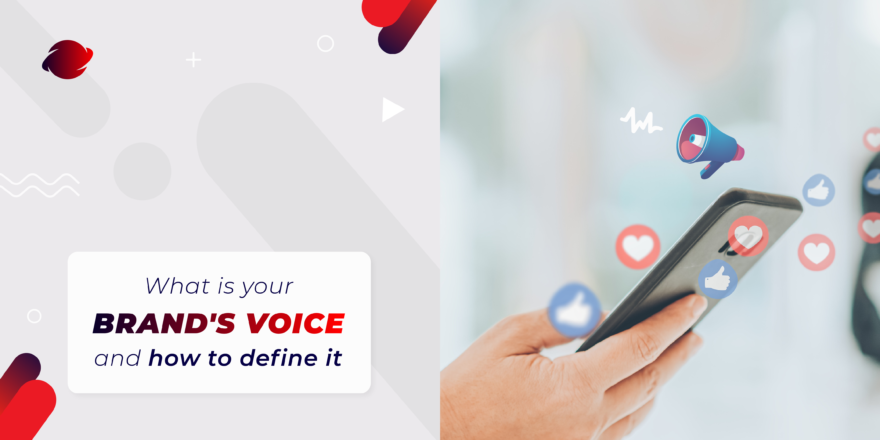Every business needs to follow a marketing strategy to be successful. It is essential to define a strategic plan, considering the company’s main objectives: the most immediate goals to be achieved, who your competitor is and what they are doing, who is your ideal customer and their characteristics, and how they’ll arrive at your brand and products.
In this article, we are going to focus on this last part: the path your potential customers will follow from the moment they hear about the brand until they decide to buy what it offers.

First things first: what is a customer journey?
As we sort of mention before, the concept of customer journey refers to all the interactions that potential clients have with a brand, which lead them to: want to know more about what it offers, its benefits, where it is located, how to contact it, etc., until they finally decide to buy it products or services.
This path can include,
● direct interactions: contacting a customer service team, visiting the brand’s website or social media accounts, subscribing to a newsletter, and reading reviews.
● indirect interactions: a friend’s recommendation, hearing about the brand at an event, seeing an ad.
Why is it essential to include this Journey as a part of the marketing strategy?

The main objective of this is to make a lasting impression on potential customers to make them want to know more about the brand until they finally decide to buy the product, subscribe, follow the account, etc.
That’s why it is vital to show consistency in all your content and designs: the imagery, colors, and words you use in your ads should be consistent with the ones on your website and social media accounts, so the viewers will trust that if they decide to acquire your products or services, they will have a good experience with your company because you will accomplish what you promise on your promotional content.
Stages of the customer journey
Potential clients go through five primary stages in their journey to become (regular) customers.
1. Awareness: this is the discovery stage, the moment in which people know about your brand’s existence. The objective is to make them interested in learning more about the company’s products, services, and identity.
2. Consideration: now that they know what products your brand offers, they’ll start researching prices, quality, and reviews to compare your features and benefits with those from other brands. It is important to increase brand awareness on your social media and website to convince them you have the solution they are looking for.
3. Purchase: the decision has finally been made, and the purchase has gone ahead. At this step, making a good impression on the clients is crucial, so they’ll be satisfied with your treatment and trust your brand for another possible purchase.
4. Retention: now that they have become our clients, it’s a good thing to try to make them regular. So, you can focus on different strategies to keep them interested in the brand’s offers: special promotions, notifications about new products, and posts with exciting information that could be useful to them.
5. Advocacy: To this stage arrives those clients that have become fans: the ones that are so happy with the brand that they will help promote and recommend the company to others.
Steps to create one for your brand
Creating a map to help potential customers to go through this journey is an important task that requires attention and dedication: each customer is different so it will be their path.
Here we give you some essential steps you should take into consideration when designing your strategy:
● Know your customers and their necessities (what are they looking for, how could they solve their problems, what would they want, etc).
● Make a good first impression (keep your designs and content clear, simple, and attractive).
● Ensure your readers receive all the information they need to learn what you can offer them.
● Provide them resources to see the value you can offer to them with their own eyes (videos, images, tutorials, articles, expert’s opinions, etc.).
● Give people easy ways to communicate with your brand’s team.
● Make sure users are well guided through your website information, as well as through all the customer journey.
● Pay constant attention to your metrics to see if what you are doing is working and if your potential clients fulfill all the stages, and to improve what is necessary.
Concluding…
Anticipating the steps the customer will take before deciding to buy is the most important phase to guide them strategically through your site so that they finally take the action we want them to take.






